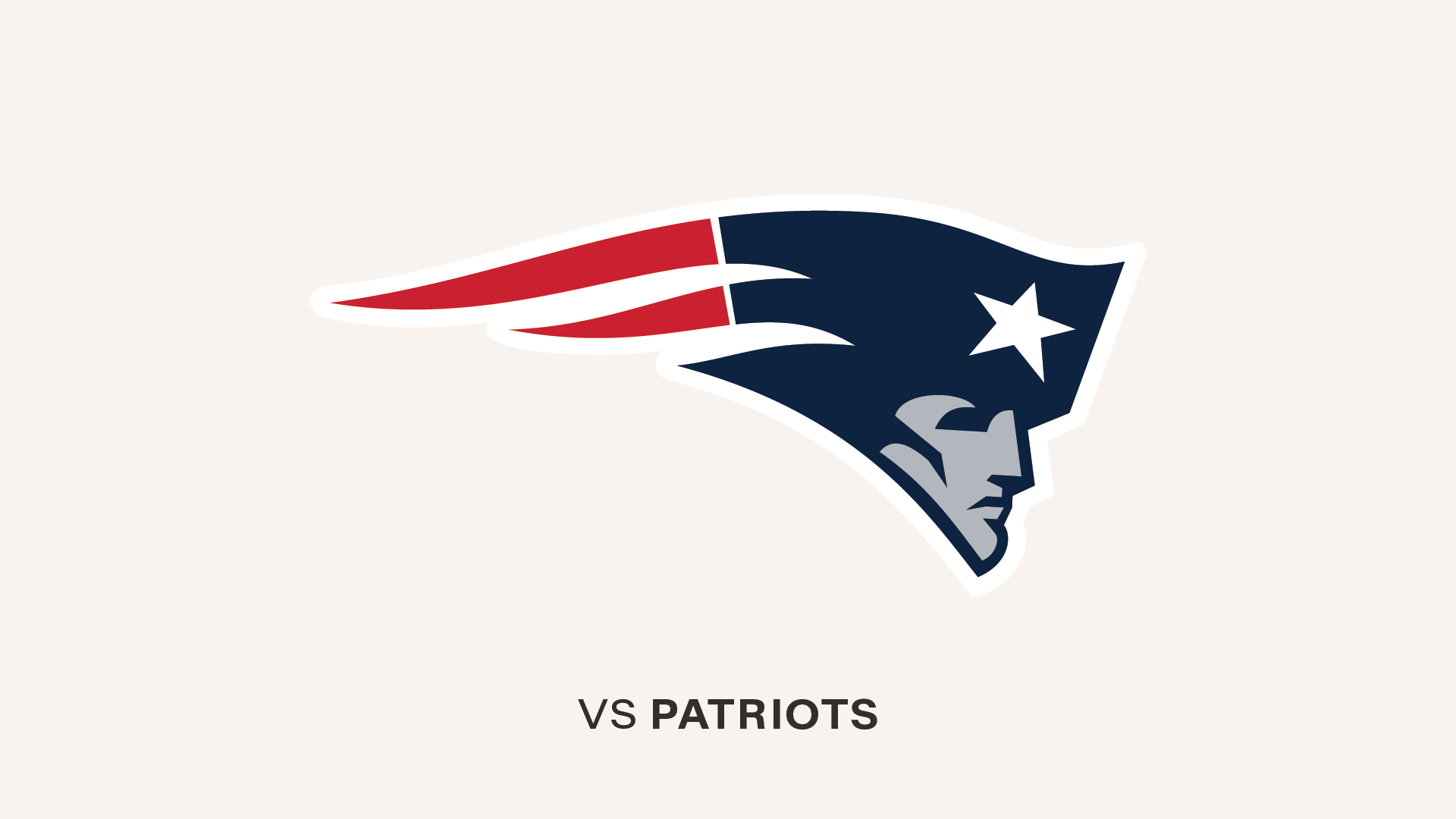DE Dewayne White sacked QB Jake Delhomme in the second quarter, but that was the only time the Bucs would drop the Panther passer
Listen to Jake Delhomme's description of how a 62-yard completion between him and Ricky Proehl came to be on Sunday afternoon:
"That play depends on coverage, it depends on look, you can go any kind of way on that read. The thing about it is I had protection. I mean I got sacked once but other than that I had a great protection when I dropped back to throw the football. I had a lot of time. We had a match-up on a 'Mike' linebacker and Ricky was able to just keep on going. That was nice but the key to the play was being able to hold onto the ball that long, then you can hit somebody."
Yes, obviously, those are our italics added, but surely the emphasis of that statement is clear without them.
What was the biggest difference between the performances of the Carolina Panthers' Delhomme and the Tampa Bay Buccaneers' Chris Simms on Sunday at Raymond James Stadium? Pressure. And what was the biggest difference between the Buccaneers and the teams that have beaten them the last two weeks, San Francisco and Carolina? Turnovers.
During their two-game losing streak, which followed a very impressive 5-1 start to the 2005 season, the Buccaneers have allowed 10 sacks and recorded just one. They've also turned the ball over seven times and taken it away none. Those numbers are very, very closely related.
Pressure on the quarterback has been the root cause of many of the Bucs' turnovers over the last two weeks, including the sack and forced fumble by defensive end Micheal Rucker on Sunday, which led to a Carolina field goal. Last week in San Francisco, Simms fumbled once and twice was intercepted on plays in which he was hit when he threw.
Meanwhile, the Bucs are getting little pressure on the opposing passer, and turnover opportunities are not presenting themselves.
As the exception that proved the rule, let's look at the one series in the game in which the Bucs did bring some intense heat on Delhomme, the second-quarter possession that immediately followed the Joey Galloway touchdown that closed Carolina's lead to 10-7.
On first down, defensive end Dewayne White shot right around right tackle Jordan Gross and sacked Delhomme before he could set up. Delhomme just managed to cover up the ball in time and avoid a fumble. On the next play, White again pressured Delhomme from the right and defensive tackle Chris Hovan broke through right in front of the passer. Delhomme tried to throw and Hovan knocked it away; the deflection went tantalizingly up and behind the quarterback, but it rebounded too far for Hovan to grab it. On third-and-16, White collapsed the pocket again, then jumped to deflect another Delhomme pass, nearly intercepting it.
No, the Bucs didn't turn any of those pressures into turnovers, but they were certainly close. A few more series like that and it would have been surprising if the home team had no takeaways. Unfortunately, there were no more defensive series anything like that.
And there were no turnovers. Carolina scored 13 points off their first three turnovers, the points that effectively sealed the game. The Bucs, obviously, scored none.
"Once again, we don't get a turnover ourselves," said Bucs Head Coach Jon Gruden. "I think two weeks in a row we have been unable to get a turnover. That combined [with giveaways] is a huge factor in winning and losing."
That's not news to any long-time NFL fan. The connection between turnovers and winning is, to borrow a favorite Gruden phrase, well-documented. Still, it never hurts to see just how overwhelming the numbers are.
To wit: Over the last five years, the Buccaneers are a scintillating 29-8 when they have a positive turnover ratio in the game. When they give the ball away more than they take it, they are dismal 3-20. And just to drive the point home, when the turnover ratio is even, so is the Buccaneers' record: 6-6.
Turnovers definitely turned Sunday's game from a dogfight into a cat nap for the Buccaneers.
"Fumbles happen, interceptions happen, you just have to try to limit them," said Simms. "I still think it would have been a whole different game if I didn't throw the interception in the second half."
That pick was returned 61-yards for a touchdown by cornerback Chris Gamble. The heady second-year player jumped an out to wide receiver Michael Clayton and effectively turned out the lights. Tampa Bay had taken the opening possession of the third quarter into Carolina territory. Had they scored a touchdown, it would have been just 17-14 in the Panthers' favor; instead, Tampa Bay was down by 17. It would never get any closer.
That particular turnover wasn't caused by pressure on Simms, nor was Cadillac Williams' first-quarter fumble, the first one he's lost as a professional. They were devastating, nevertheless.
"With me fumbling, Chris throwing the interception, we can't have that as an offense," said Williams. "Turnovers [will] kill you."
So will pressure on the quarterback, and the two go hand-in-hand. The Bucs need less of it on offense and more of it on defense, or there are going to be more afternoons like the one against Carolina on Sunday.
Because an 0-4 turnover ratio is making it too easy on the opponent. Delhomme again, this time on what made the difference in the game:
"Our defense gave us a short field a bunch and the interception to make it 24-7 really propelled us from there."



























